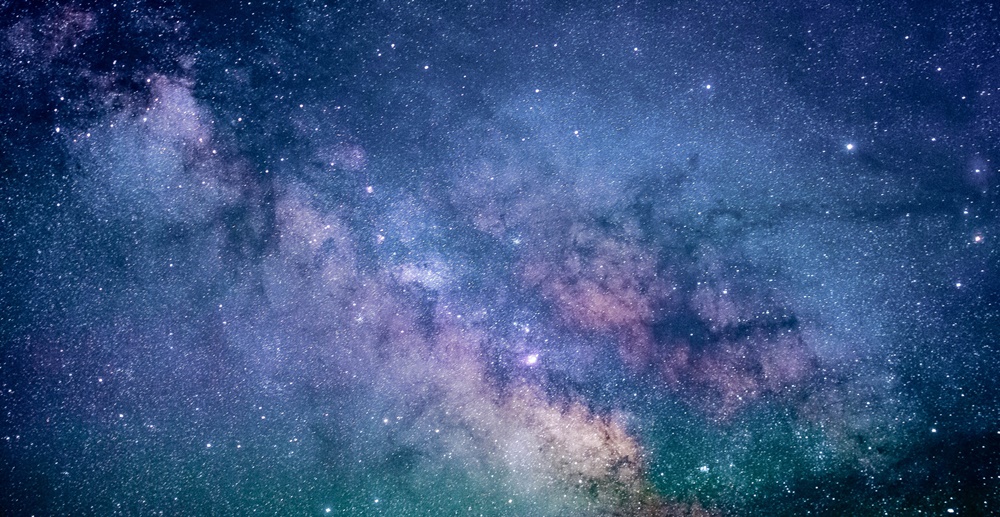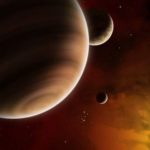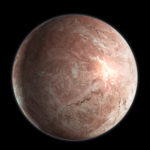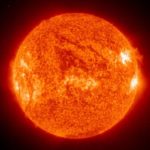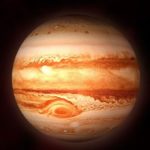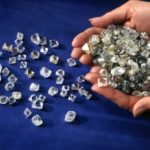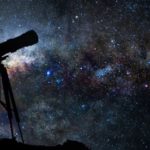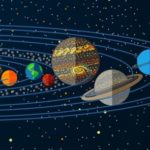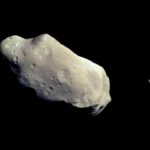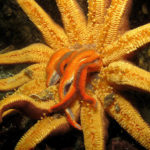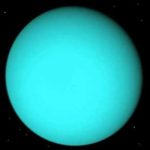How to find out the age of a star by its rotation?
Like the Sun, most stars have almost the same look for much of their life. So how do we know if a star is billions of years old or ten billion? A team of astronomers may have found a solution, which passes measure the rotation of the star.
Knowing the age of a star is important for many astronomical studies and in particular for planet hunters. Astronomers have found about 2,000 planets orbiting other stars. Now, they want to use what is known about these planets to delve into the intricacies of the formation and evolution of planetary systems in the universe, and find out why they are so different from each other.
In research like that, sooner or later need to know the ages of stars and their planets, to assess whether it could have arisen and evolved alien life on those worlds, as the arguments of the astronomer Soren Meibom from Center for Astrophysics, jointly run by Harvard University and the Smithsonian Institution.
The older a planet, the longer life had to emerge. As the stars and planets are formed together around the same time, if the age of a star is known, then the age of their planets is also known.
Determining the age of a star is relatively easy when it is located in a cluster consisting of hundreds of stars formed all at once. Astronomers have known for decades that if you create a diagram analytical colors and brightness of stars in a cluster, the pattern that emerges when analyzing the data can be used to determine the age of the cluster, and therefore virtually all its stars. But this technique works only for the clusters. For stars not in clusters (including all the stars that are known to have planets) to determine age is much more difficult.
Here comes into play a strategy tested in a recent study. According to Meibom proven, the rotation of a star decreases uniformly over time, as happens, ignoring the differences, a top that turns on itself on a table. The decrease of the stellar rotation can be used as a reference from which to infer the age of the star.
To measure the speed of rotation of a star, astronomers look for changes in brightness caused by dark spots on its surface, a feature that the Sun and other stars have. When the visible hemisphere of a star includes a larger covered area of the spots shown when the star was another, slightly dims its brightness, when the spots are no longer visible, having spent the hidden hemisphere and again the light from the star increases. Determining the time between successive appearances of spots or clusters of spots, you can calculate how fast the star spins.
